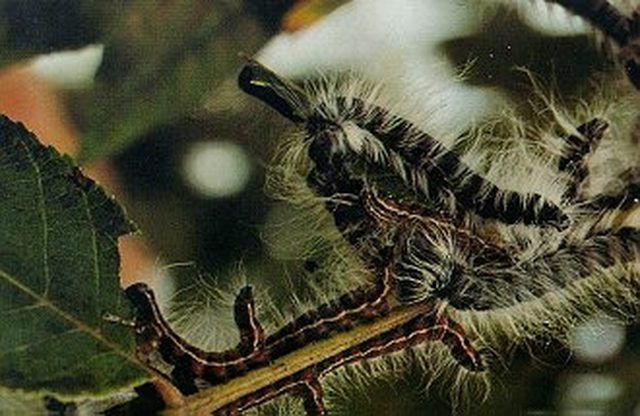Bulbs
Flower Basics
Flower Beds & Specialty Gardens
Flower Garden
Garden Furniture
Garden Gnomes
Garden Seeds
Garden Sheds
Garden Statues
Garden Tools & Supplies
Gardening Basics
Green & Organic
Groundcovers & Vines
Growing Annuals
Growing Basil
Growing Beans
Growing Berries
Growing Blueberries
Growing Cactus
Growing Corn
Growing Cotton
Growing Edibles
Growing Flowers
Growing Garlic
Growing Grapes
Growing Grass
Growing Herbs
Growing Jasmine
Growing Mint
Growing Mushrooms
Orchids
Growing Peanuts
Growing Perennials
Growing Plants
Growing Rosemary
Growing Roses
Growing Strawberries
Growing Sunflowers
Growing Thyme
Growing Tomatoes
Growing Tulips
Growing Vegetables
Herb Basics
Herb Garden
Indoor Growing
Landscaping Basics
Landscaping Patios
Landscaping Plants
Landscaping Shrubs
Landscaping Trees
Landscaping Walks & Pathways
Lawn Basics
Lawn Maintenance
Lawn Mowers
Lawn Ornaments
Lawn Planting
Lawn Tools
Outdoor Growing
Overall Landscape Planning
Pests, Weeds & Problems
Plant Basics
Rock Garden
Rose Garden
Shrubs
Soil
Specialty Gardens
Trees
Vegetable Garden
Yard Maintenance
How to Get Rid of Walnut Caterpillars
How to Get Rid of Walnut Caterpillars. Fall is a great season for baking, and if you have black walnut trees on your property, you can harvest your own delicacy every year in October. They may be a bit challenging to get into, but the tender, nutty morsels are well worth the effort because they will add a unique sweetness to your chocolate chip...

Fall is a great season for baking, and if you have black walnut trees on your property, you can harvest your own delicacy every year in October. They may be a bit challenging to get into, but the tender, nutty morsels are well worth the effort because they will add a unique sweetness to your chocolate chip cookies and homemade cakes and pies. If you’ve got a problem with walnut caterpillars, however, your black gold can turn to black goo overnight, and you could end up with a pile of empty shells and disappointment as the fruit of all your labors. Here is an organic way to keep walnut caterpillars from feasting on your trees and nuts.
Things You'll Need
Insecticidal soap
Bucket
Gloves
Ladder
Mix 3 qt. insecticidal soap and 1 qt. water, and put it into a bucket.
Walk around each walnut tree late in the evening and brush any visible caterpillars into the bucket manually. The larvae drop to the ground on the outer husks of the walnuts, so examine the perimeter of each tree around its trunk, and scoop any visible pests into the bucket. Use a ladder for hard-to-reach infested limbs.
Drop dark-streaked infected husks and shells into a vat of warm water, and remove dead maggots manually.
Hang a bug-zapper near your walnut trees in mid-summer, when the brown and yellow flies begin to lay eggs inside the walnut husks.
Purchase horticultural oil at your local gardening store, and spray the trees once you have removed the caterpillars by hand (see Resources below).
Cultivate any shells on the ground in the fall.
Tips & Warnings
Always wear thick gloves when handling black walnut husks, as they contain a natural toxin that causes permanent staining on your skin and clothing.